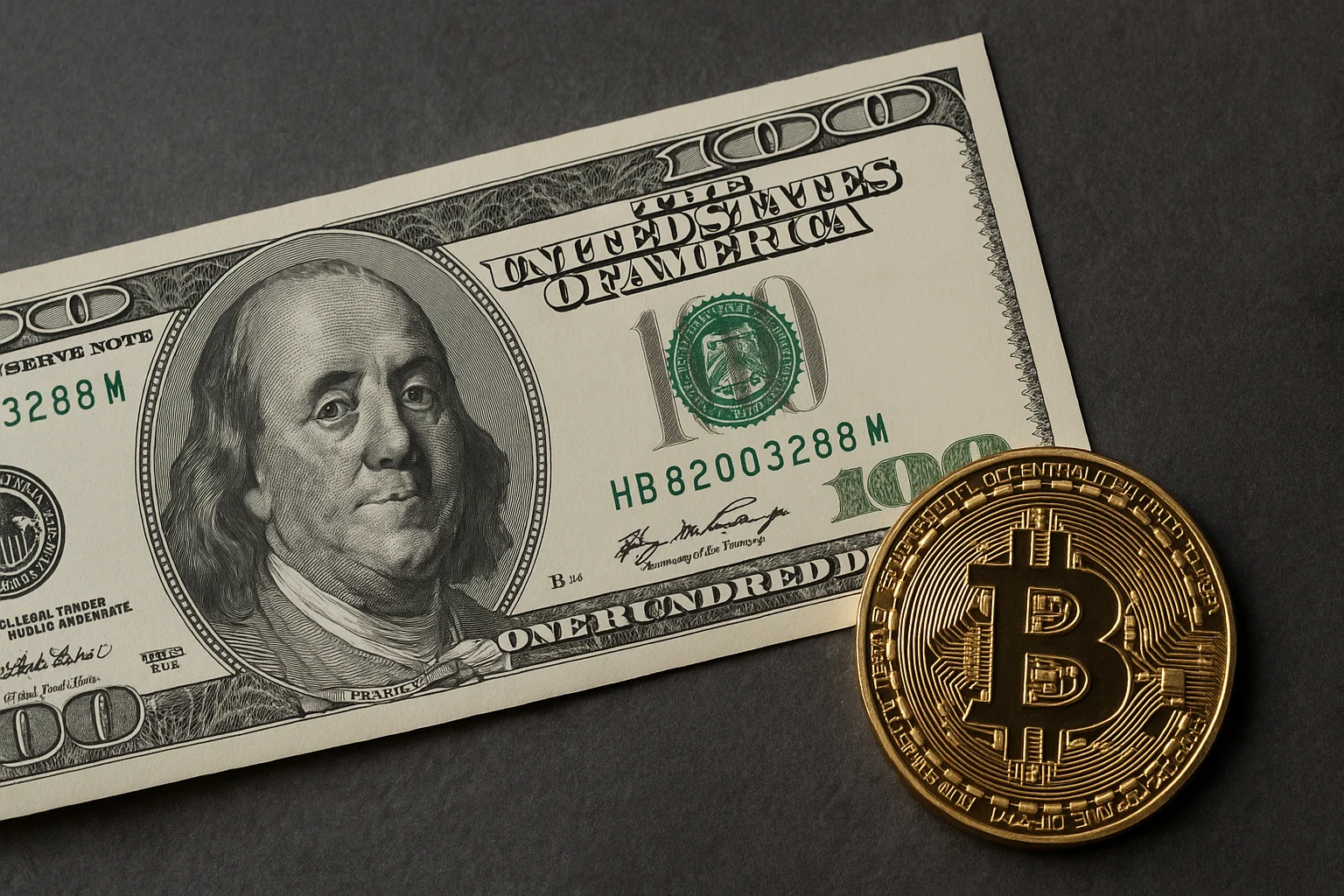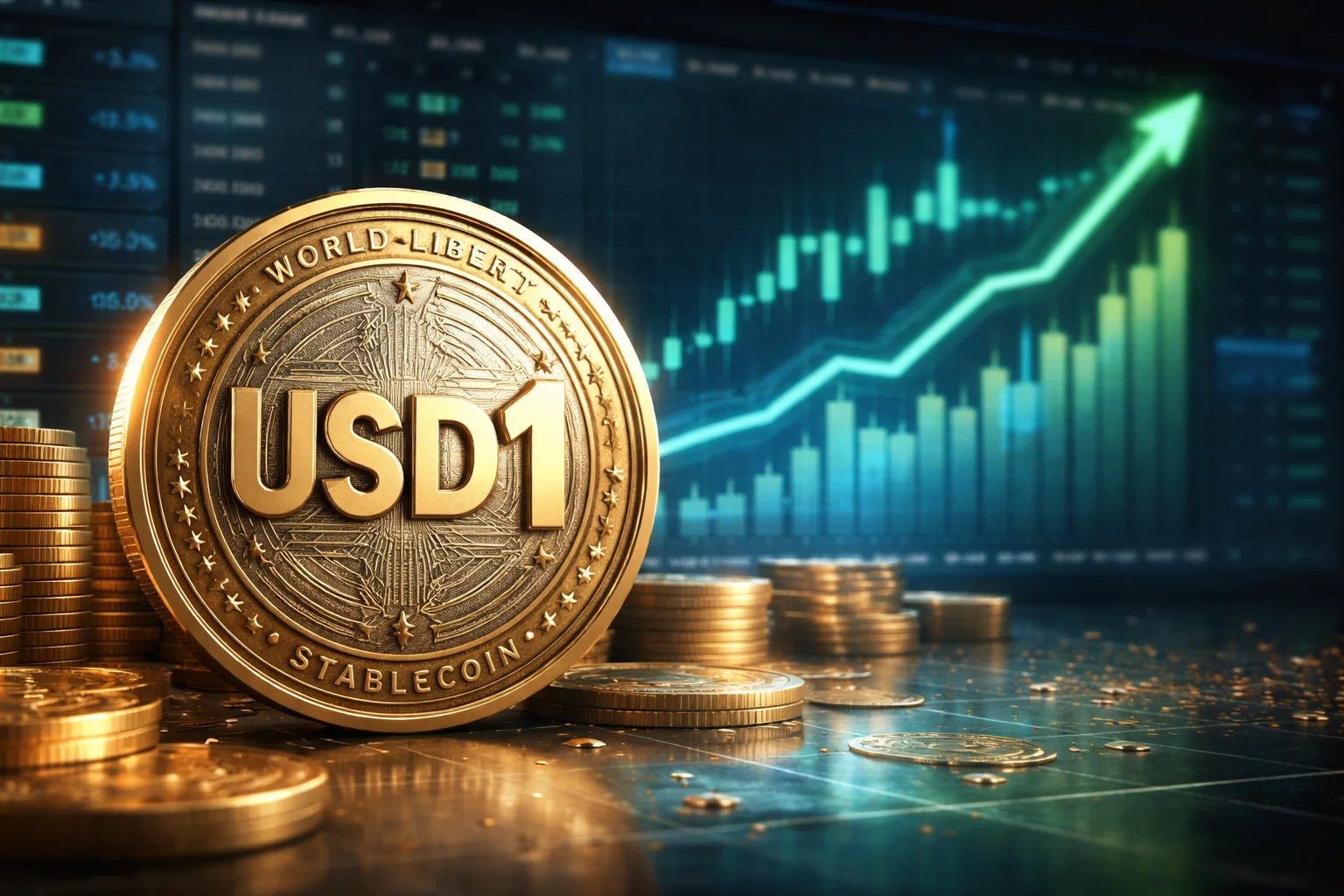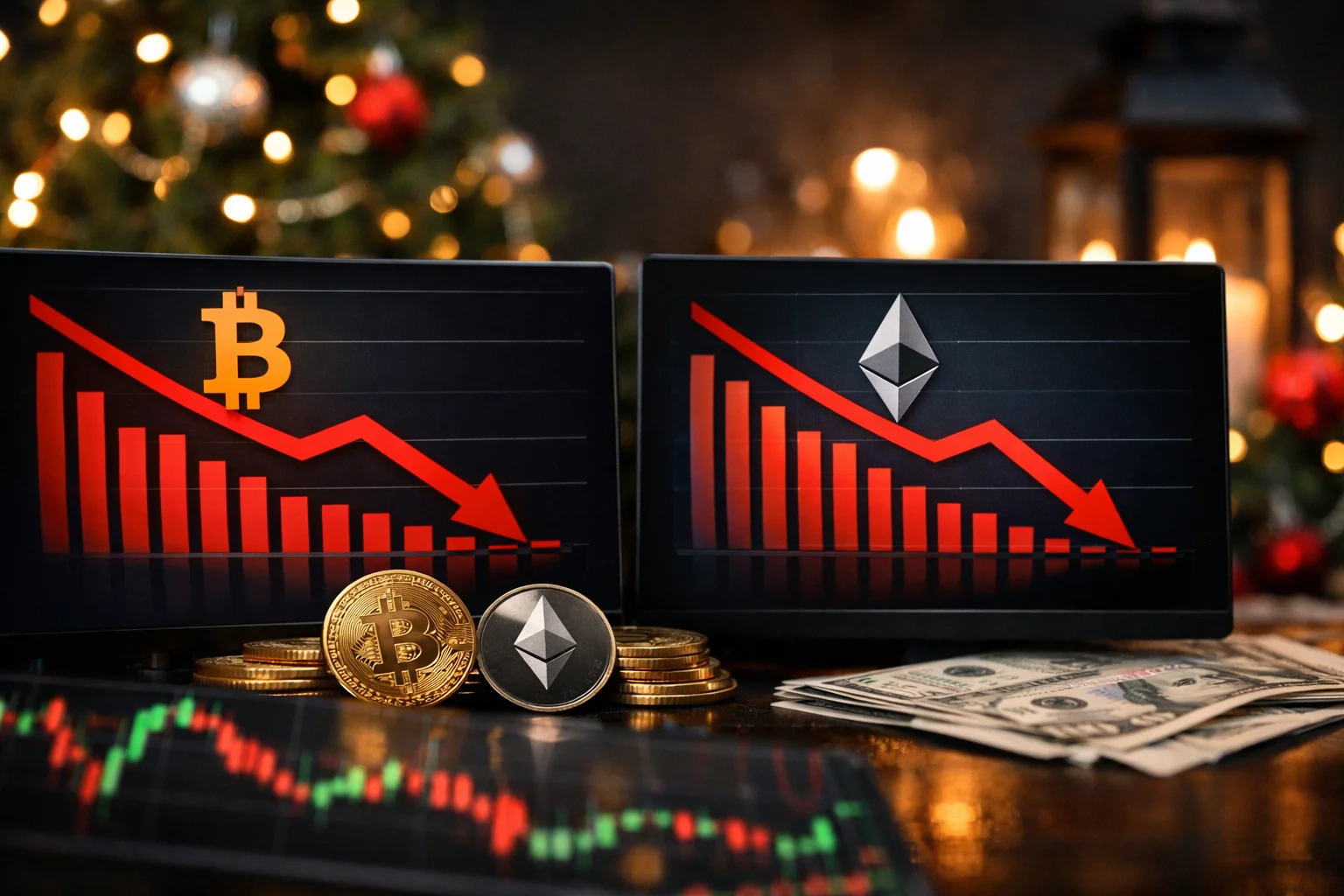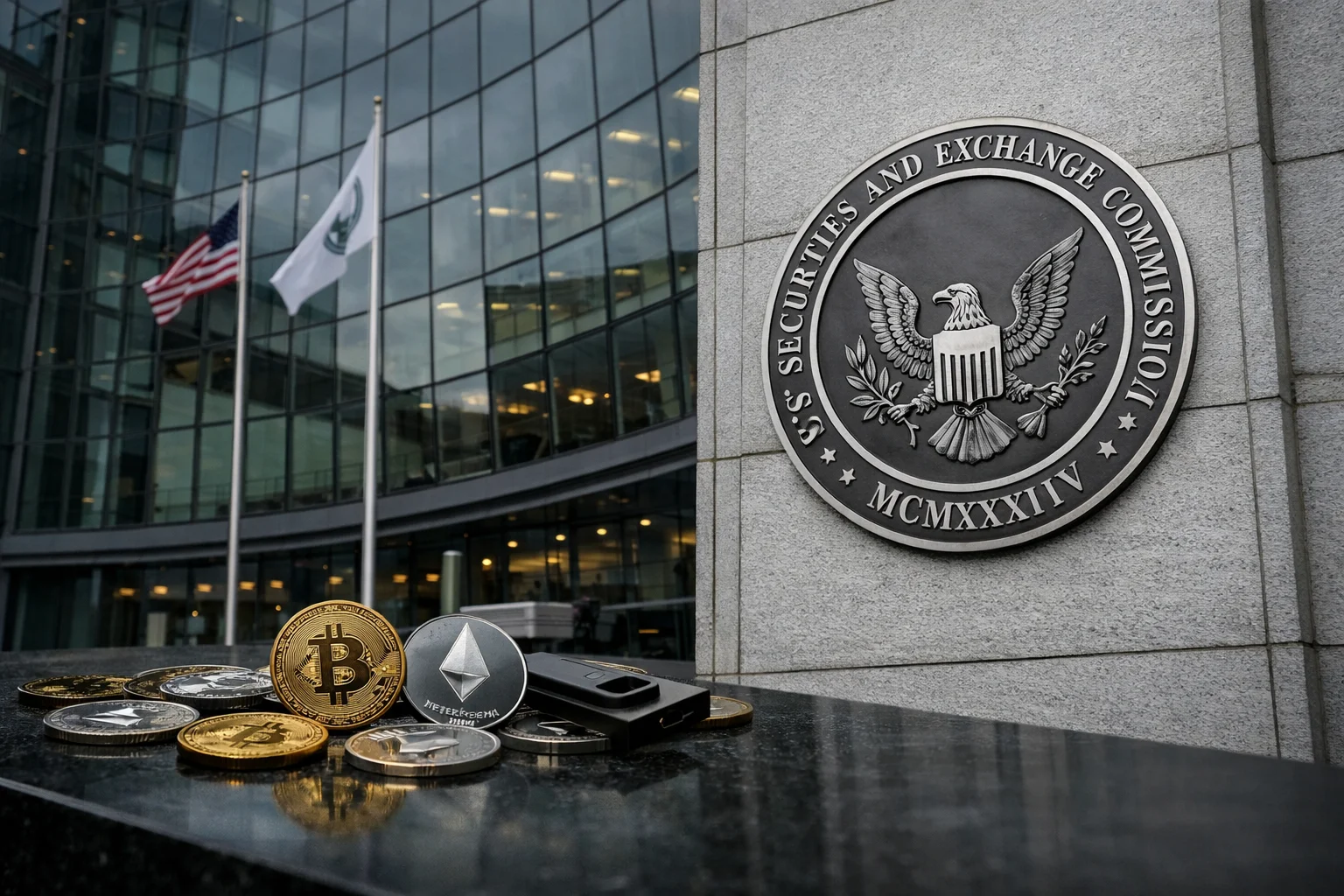US consumer prices rose 3.0% year-over-year in September, slightly below expectations. According to data published by the Bureau of Labor Statistics (BLS), inflation was 2.9% in August. This increase reflects the overall price increase across the spending basket and carries a significant signal for policymakers who will determine the course of interest rates in the coming days.
This data is particularly noteworthy because the ongoing budget impasse prevents the release of many key economic indicators. With many government agencies closed, data to be evaluated before the Fed's next policy meeting is limited. In this environment, the September CPI report stands as the central bank's only major indicator.
This data also immediately resonated in crypto markets. Bitcoin, in particular, rose following the signal of a slight slowdown in inflation. Investors interpreted the lower-than-expected inflation as an expectation of a "moderate monetary policy," but shifted their positions, believing this could be positive for digital assets. In particular, the continued high level of inflation is weighing on expectations for interest rate cuts, which is important for risky assets.
Looking at the data details, annual inflation was measured at 3.0%, while economists had forecast an increase of around 3.1%. In this context, the actual increase was evaluated as "slightly better than expected." However, it is also noted that this increase is still above the Fed's 2% target.
The primary question for economists and market players is how this will be reflected in the decisions of the Fed, the central bank, at its October meeting. Fed officials have stated that they are now seeing signs of weakness in the labor market, and despite the relative improvement in inflation, they are urging caution. Some policymakers are considering lowering interest rates, while others advocate for cautious price stability.
What does the data mean?
Some key market findings are as follows:
- Inflation rose to 3.0% on an annual basis, slightly higher than in August. The data was one of the few economic indicators released during the US government shutdown; jobs and other key data are suspended.
- From a cryptocurrency market perspective, the controlled rise in inflation has kept alive expectations that interest rates may not remain high for an extended period, supporting risk assets.
- From the Fed's perspective, this raises the question of whether a rate cut is imminent; however, uncertainties remain high.
In conclusion, inflation reaching 3% isn't entirely reassuring for the economic outlook; however, the lower-than-expected figure offers hope that some risks have diminished. Meanwhile, price appreciation is still above the Fed's target range, increasing the likelihood that the central bank will take cautious action rather than make sudden and significant changes to interest rate policy.
In crypto markets, such macro data can influence the direction of major assets, particularly large ones. Decentralized digital assets like Bitcoin are sensitive to macro variables such as monetary policy decisions, inflation expectations, and interest rates. In this context, market actors appear to be focusing on indicators such as labor force data and consumer spending to be announced in the coming period.




